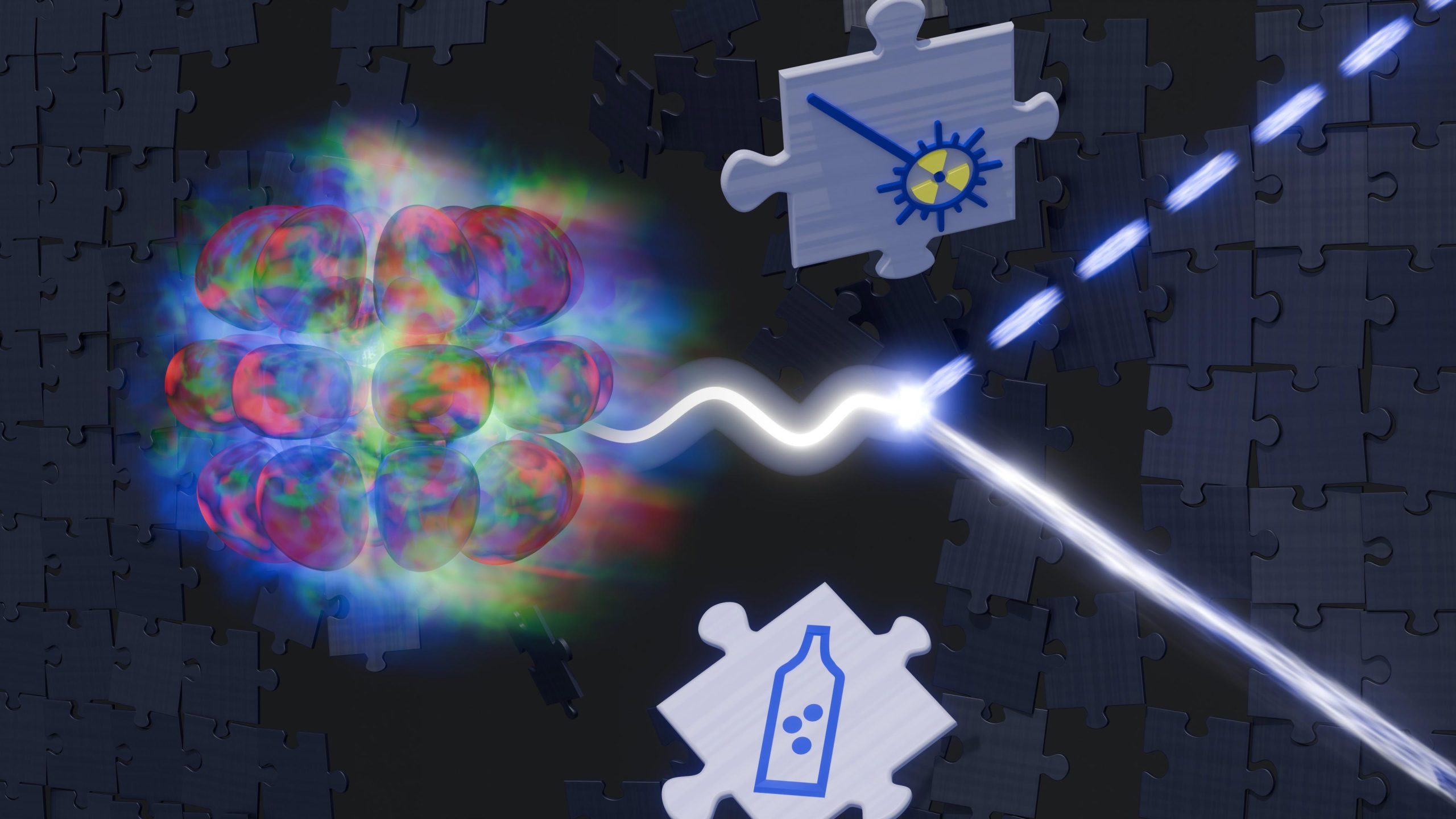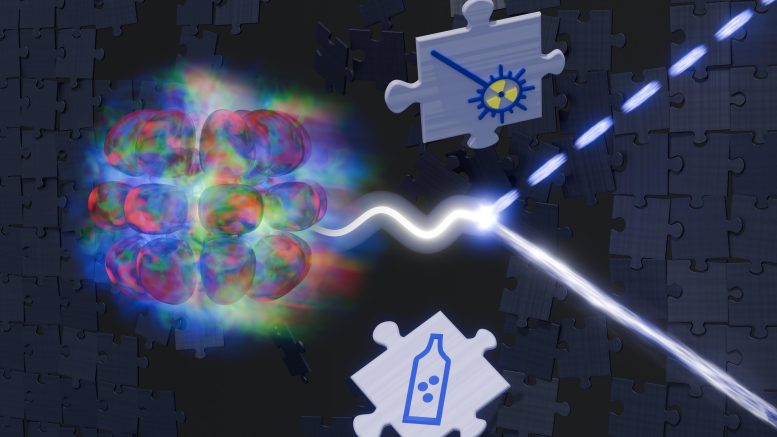

How long do neutrons live? Different measurement results contradict each other.
Researchers at TU Wien propose that free neutrons might exist in previously unknown excited states, potentially resolving discrepancies in measured lifetimes between neutron beams and magnetic ‘bottles’. The hypothesis suggests these states could significantly alter decay rates, prompting a need for new experiments to validate this theory, with international interest already peaking.
The Neutron Decay Dilemma
Neutrons are fundamental particles that make up matter. When they are part of a stable atomic nucleus, they can remain there indefinitely. However, free neutrons—those not bound within a nucleus—decay on average after about fifteen minutes.
Strangely enough, however, scientists have observed conflicting results when measuring the lifetime of free neutrons. The results vary depending on whether the neutrons are studied in a neutron beam or confined in a “bottle” using magnetic fields. A research team at TU Wien has suggested a possible explanation: neutrons may have previously unknown excited states. In these states, neutrons could have slightly more energy and a different lifetime, which would account for the discrepancies. The team is already exploring methods to detect these excited neutron states.
Two Measurement Methods, Two Results
By pure chance, without any reason at all, neutrons can spontaneously decay according to the laws of quantum theory – turning into a proton, an electron, and an antineutrino. This is particularly likely if it is a free neutron. If the neutron combines with other particles to form an atomic nucleus, it can be stable.
The average lifetime of free neutrons is surprisingly difficult to measure. “For almost thirty years, physicists have been puzzled by contradictory results on this topic,” says Benjamin Koch from the Institute of Theoretical Physics at TU Wien. He analyzed this puzzle together with his colleague Felix Hummel. The two are also working closely with the neutron research team led by Hartmut Abele from the Atomic Institute at TU Wien.
“For such measurements, a nuclear reactor is often used as the neutron source,” explains Benjamin Koch. “Free neutrons are produced during radioactive decay in the reactor. These free neutrons can then be channeled into a neutron beam where they can be precisely measured.” One can measure how many neutrons are present at the beginning of the neutron beam and how many protons are produced by the decay process. If these values are determined very precisely, the average lifetime of the neutrons in the beam can be calculated.
However, it is also possible to take a different approach and try to store neutrons in a kind of ‘bottle’, for example with the help of magnetic fields. “This shows that neutrons from the neutron beam live around eight seconds longer than neutrons in a bottle,” says Benjamin Koch. “With an average lifespan of just under 900 seconds, this is a significant difference – far too big to be explained by mere measurement inaccuracy.”
Exploring Excited Neutron States
Benjamin Koch and Felix Hummel have now been able to show: This discrepancy can be explained if one assumes that neutrons can have excited states – previously undiscovered states with a slightly higher energy. Such states are well known for atoms and are the basis for lasers, for example. “With neutrons, it is much more difficult to calculate such states precisely,” says Benjamin Koch. “However, we can estimate what properties they should have in order to explain the different results of the neutron lifetime measurements.”
The researchers’ hypothesis is that when the free neutrons emerge from radioactive decay, they are initially in a mixture of different states: Some of them are ordinary neutrons in the so-called ground state, but some of them are in an excited state, with a little more energy. Over time, however, these excited neutrons gradually change to the ground state. “You can think of it like a bubble bath,” says Felix Hummel. “If I add energy and bubble it up, a lot of foam is created – you could say I’ve put the bubble bath into an excited state. But if I wait, the bubbles burst and the bath returns to its original state all by itself.”
If the theory about excited neutron states is correct, that would mean that in a neutron beam, several different neutron states are present in significant numbers. The neutrons in the bottle, on the other hand, would be almost exclusively ground-state neutrons. After all, it takes time for neutrons to cool and be captured in a bottle — by which point, the vast majority will have already returned to their ground state.
“According to our model, the decay probability of a neutron strongly depends on its state,” says Felix Hummel. Logically, this also results in different average lifetimes for neutrons in the neutron beam and neutrons in the neutron bottle.
Further Experiments Needed
“Our calculation model shows the parameter range in which we need to search,” says Benjamin Koch. “The lifetime of the excited state must be shorter than 300 seconds, otherwise you can’t explain the difference. But it also has to be longer than 5 milliseconds, otherwise the neutrons would already be back in the ground state before they reach the beam experiment.”
The hypothesis of previously undiscovered neutron states can be tested using data from past experiments. However, this data has to be re-evaluated. However, further experiments will be necessary for a convincing proof. Such experiments are now being planned. To this end, the researchers are liaising closely with teams at TU Wien’s Institute for Atomic and Subatomic physics, whose PERC and PERKEO experiments are well-suited for this task. Research groups from Switzerland and Los Alamos in the USA have also already shown interest in using their measurement methods to test the new hypothesis. Technically and conceptually, nothing stands in the way of the necessary measurements. So we can hope to learn soon, whether the new thesis really has solved a decades-old problem in physics.
Reference: “Exciting hint toward the solution of the neutron lifetime puzzle” by Benjamin Koch and Felix Hummel, 10 October 2024, Physical Review D.
DOI: 10.1103/PhysRevD.110.073004